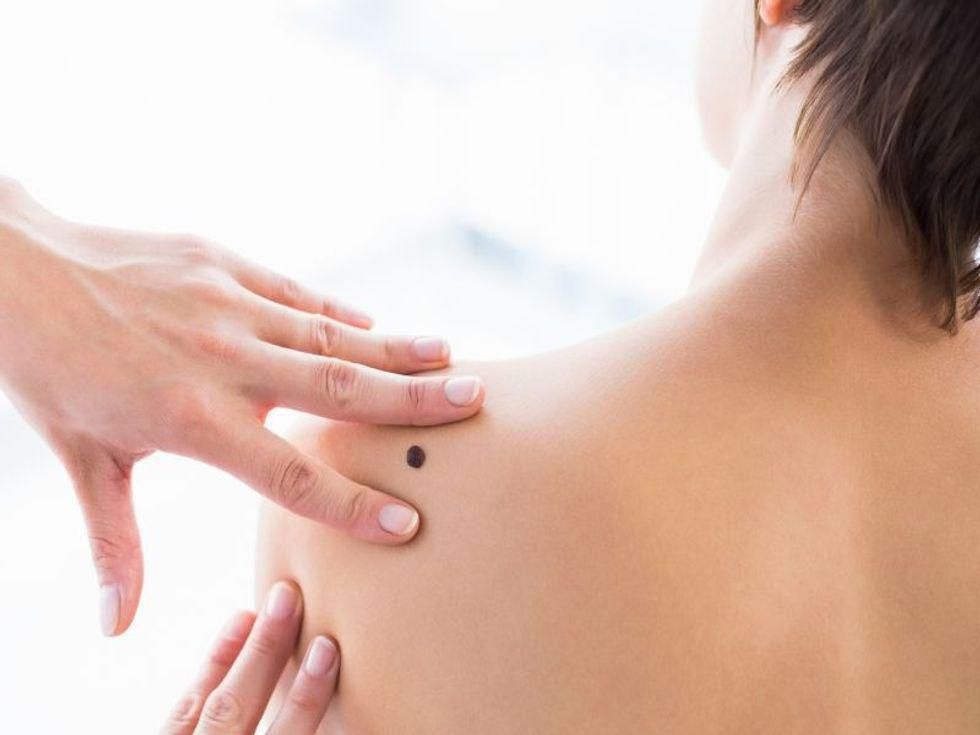
It may sound dramatic, but skin checks save lives.
While encouraging people to do routine self-exams, the American Academy of Dermatology (AAD) shares some case studies that led to important discoveries.
Richard Danzer, of West Palm Beach, Fla., found a large, painful cyst on his back during a skin self-exam. Dermatologist Dr. Brittany Smirnov examined him, and he was later diagnosed with lung cancer and given lifesaving treatment.
When John Ahearn, of Phoenix, had dark bruising that appeared on his legs, dermatologist Dr. Lindsay Ackerman suspected he might have a serious blood issue. She collaborated with a hematology-oncology specialist who diagnosed Ahearn with leukemia. He is now in remission after a bone marrow transplant.
After noticing changes to a mole on her toe, Yvonne Basil, of Plano, Texas, saw her dermatologist and was diagnosed with melanoma from an in-office biopsy. She is now cancer-free.
“Regular self-skin checks are crucial to identify skin cancer and other skin diseases early,” AAD president Dr. Ken Tomecki said in an academy news release. “We encourage everyone to regularly perform skin self-exams to catch any changes early.”
You can do your own skin checks at home, and then follow up with a dermatologist if you spot something concerning. The academy suggests using the initials A, B, C, D, E during your self-exam.
A is for Asymmetry, when one half of a spot is unlike the other. B is for border, when a spot has an irregular, scalloped or poorly defined border, C is for color, when the spots has color variation from one area to the next. D is for diameter. Melanomas are typically larger than 6 millimeters, which is about the size of a pencil eraser. E is for evolving. The spot looks different from the rest or is changing in size, shape or color.
To do a skin exam, look at your body in a full-length mirror. Look at your underarms, forearms and palms. Look at your legs, between toes and at the soles of your feet. Use a hand mirror to examine your neck and scalp, as well as to check your back and buttocks.
If you notice a spot that is different from others, or that changes, itches or bleeds, you should make an appointment to see a board-certified dermatologist.
Skin cancer is the most common cancer in the United States, with roughly 9,500 people diagnosed every day.
More information
The American Cancer Society offers more suggestions for a skin self-exam.
SOURCE: American Academy of Dermatology, news release, Nov. 11, 2021
Source: HealthDay

Leave a Reply